Home>Furniture & Design>Outdoor Furniture>What Soil To Use For Outdoor Potted Plants
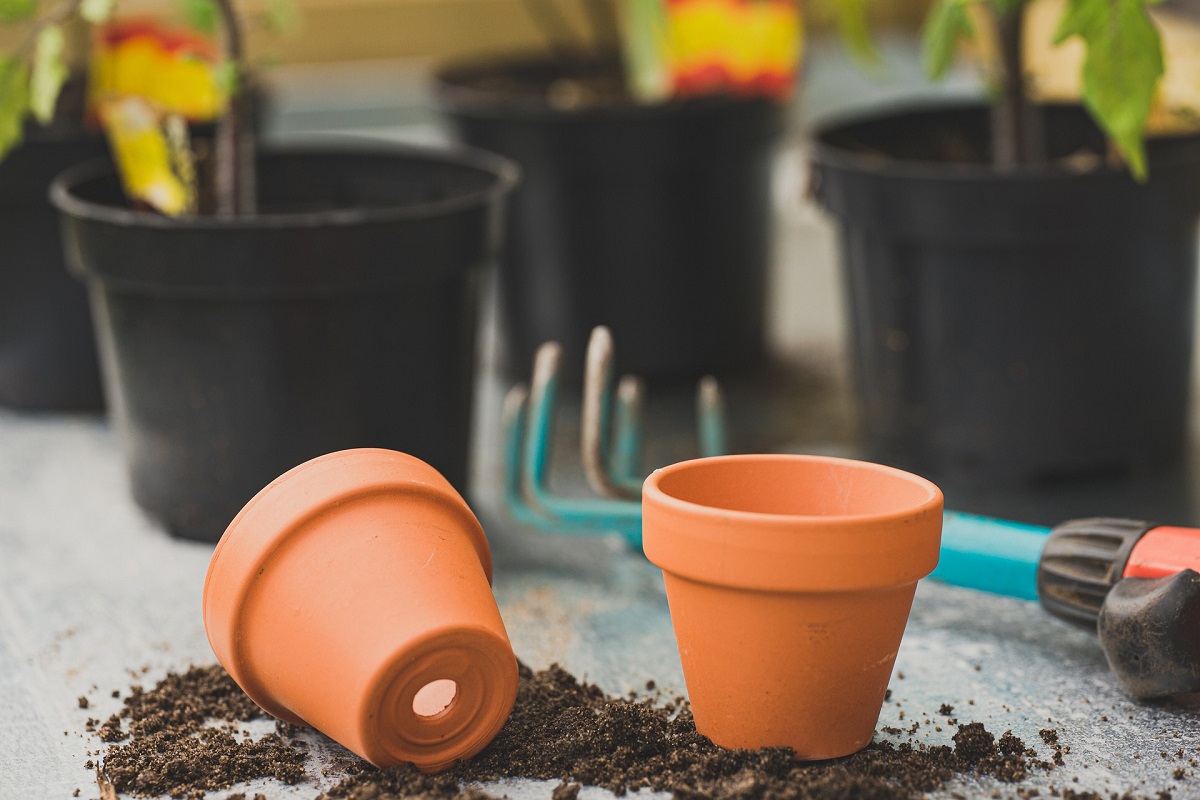

Outdoor Furniture
What Soil To Use For Outdoor Potted Plants
Modified: February 5, 2024
Discover the best soil for outdoor potted plants to ensure healthy growth and vibrant blooms. Find expert tips for choosing the right soil for your outdoor furniture and design needs.
(Many of the links in this article redirect to a specific reviewed product. Your purchase of these products through affiliate links helps to generate commission for Storables.com, at no extra cost. Learn more)
Introduction
When it comes to cultivating a thriving outdoor garden, the significance of selecting the right soil for potted plants cannot be overstated. The soil serves as the lifeblood of your plants, providing essential nutrients, aeration, and moisture retention. In the realm of outdoor potted plants, the choice of soil plays a pivotal role in determining the overall health, growth, and vibrancy of your green companions.
As a gardening enthusiast, you understand the joy that comes from nurturing plants and witnessing them flourish in outdoor spaces. Whether adorning a balcony, terrace, or patio, potted plants bring a touch of nature to urban settings and infuse outdoor areas with color and vitality. However, to ensure the well-being of your potted plants, it is crucial to deliberate over the type of soil you use.
In this comprehensive guide, we will delve into the nuances of selecting the optimal soil for outdoor potted plants. From understanding the essential factors to considering the various types of soil suitable for potted plants, this exploration aims to equip you with the knowledge and insight needed to foster a flourishing outdoor garden sanctuary. So, let's embark on this enlightening journey to uncover the secrets of nurturing outdoor potted plants through the art of soil selection.
Key Takeaways:
- Choose the right soil for outdoor potted plants to provide essential nutrients, proper moisture retention, and aeration, ensuring healthy growth and vibrant blooms.
- Consider factors like drainage, aeration, and nutrient content when selecting soil for outdoor potted plants, creating an optimal environment for plant vitality.
Importance of Choosing the Right Soil for Outdoor Potted Plants
Imagine soil as the foundation of a house, and your outdoor potted plants as the inhabitants. Just as a sturdy foundation is crucial for the stability and well-being of a home, the right soil is essential for the health and vitality of your potted plants. The significance of choosing the appropriate soil for outdoor potted plants cannot be emphasized enough, as it directly impacts the plants’ ability to thrive and flourish.
One of the primary reasons why selecting the right soil is crucial is its role in providing essential nutrients to the plants. Outdoor potted plants rely on the soil to obtain vital minerals and elements necessary for their growth and development. The right soil composition ensures that plants have access to a balanced array of nutrients, promoting robust foliage, vibrant blooms, and overall plant vigor.
Moreover, the soil’s capacity to retain moisture is pivotal in sustaining the hydration needs of potted plants. Outdoor environments, especially those with varying weather conditions, can pose challenges in maintaining consistent moisture levels for plants. The right soil composition, with optimal moisture retention properties, helps mitigate the risk of under or overwatering, providing a stable and conducive environment for plant roots to thrive.
Another critical aspect is the soil’s ability to facilitate proper aeration for the plant roots. Adequate aeration is essential for root respiration and overall plant health. The right soil composition ensures that the roots receive the oxygen they need to function optimally, preventing issues such as root rot and promoting healthy, vigorous growth.
Furthermore, the choice of soil directly impacts the overall maintenance and care required for outdoor potted plants. The right soil can reduce the frequency of watering and fertilizing, as it provides an environment where plants can thrive with minimal intervention. This not only eases the gardening workload but also contributes to the long-term well-being of the plants.
By understanding the importance of selecting the right soil for outdoor potted plants, you are empowered to create an environment where your green companions can flourish, radiating beauty and vitality in outdoor spaces. The next section will explore the key factors to consider when selecting soil for outdoor potted plants, providing valuable insights to guide your soil selection journey.
Factors to Consider When Selecting Soil for Outdoor Potted Plants
Choosing the ideal soil for your outdoor potted plants involves considering several crucial factors that directly impact the plants’ well-being and growth. By carefully evaluating these factors, you can make informed decisions that lay the groundwork for a thriving garden oasis. Let’s explore the key considerations when selecting soil for outdoor potted plants:
- Drainage: Adequate drainage is paramount for potted plants, as it prevents waterlogging and root rot. Opt for a well-draining soil mix that allows excess water to escape, ensuring optimal moisture levels for the plants.
- Aeration: The soil should facilitate proper aeration to ensure that the plant roots receive an adequate oxygen supply. Look for soil mixes that promote root respiration and prevent compaction, fostering healthy root development.
- Nutrient Content: Consider the nutrient composition of the soil. A balanced mix with essential nutrients such as nitrogen, phosphorus, and potassium is vital for supporting the plants’ growth and overall health.
- pH Levels: Different plants thrive in varying pH levels. Some prefer acidic soil, while others thrive in alkaline conditions. Understanding the pH requirements of your potted plants will guide you in selecting soil with the appropriate pH level.
- Moisture Retention: The soil should possess the ability to retain moisture without becoming waterlogged. This ensures that the plants have access to consistent hydration without the risk of root suffocation due to excess water.
- Soil Composition: Consider the composition of the soil mix, including components such as perlite, vermiculite, peat moss, or coconut coir. Each component contributes to the soil’s texture, moisture retention, and aeration properties.
- Plant-Specific Requirements: Different plants have unique soil preferences based on their native habitats. Research the specific soil requirements of the plants you intend to cultivate and select soil that aligns with their needs.
By taking these factors into account, you can make informed choices when selecting soil for your outdoor potted plants, laying a strong foundation for their growth and vitality. The next section will delve into the various types of soil suitable for outdoor potted plants, providing insights into the diverse options available to meet your gardening needs.
When choosing soil for outdoor potted plants, look for a well-draining mix that contains a combination of organic matter, perlite, and vermiculite. This will help prevent waterlogging and provide essential nutrients for healthy plant growth.
Types of Soil Suitable for Outdoor Potted Plants
When it comes to selecting soil for outdoor potted plants, the options abound, each with its unique characteristics and benefits. Understanding the various types of soil suitable for potted plants empowers you to make informed decisions tailored to your plants’ specific needs. Let’s explore some of the soil options ideal for nurturing outdoor potted plants:
- Peat-Based Soil Mix: This type of soil mix, derived from partially decomposed organic matter, offers excellent moisture retention and aeration. It is well-suited for plants that thrive in consistently moist conditions, providing a stable environment for root growth.
- Coconut Coir: Made from the fibrous husk of coconuts, coconut coir is a sustainable and moisture-retentive soil amendment. It promotes aeration and moisture retention, making it an ideal component for enhancing the texture and water-holding capacity of soil mixes.
- Perlite-Enhanced Mix: Perlite, a volcanic glass material, is often incorporated into soil mixes to improve drainage and aeration. It lightens the soil texture, prevents compaction, and facilitates optimal root development, making it suitable for plants that require well-draining soil.
- Vermiculite-Enriched Soil: Vermiculite, a mineral known for its water-retention properties, is utilized in soil mixes to enhance moisture retention while promoting aeration. It is particularly beneficial for plants that thrive in consistently moist yet well-aerated soil conditions.
- All-Purpose Potting Mix: A versatile option, all-purpose potting mixes are formulated to provide a balanced environment for a wide range of potted plants. These mixes often contain a blend of peat moss, perlite, and other organic materials, catering to the general needs of various plant species.
- Cactus and Succulent Mix: Specifically designed for arid-loving plants, this specialized mix features enhanced drainage properties to prevent water accumulation. It typically comprises coarse sand, perlite, and well-draining components to mimic the natural habitat of cacti and succulents.
By familiarizing yourself with these soil options, you can identify the most suitable choices for your outdoor potted plants, aligning the soil composition with the specific requirements of your green companions. The next section will highlight best practices for using soil in outdoor potted plants, offering valuable insights to optimize your gardening endeavors.
Best Practices for Using Soil in Outdoor Potted Plants
Optimizing the use of soil in outdoor potted plants involves employing best practices that promote plant health, longevity, and overall vitality. By integrating these practices into your gardening routine, you can create an environment where your potted plants thrive and flourish. Let’s delve into the best practices for using soil in outdoor potted plants:
- Selecting the Right Container: Choose pots or containers with adequate drainage holes to facilitate proper water drainage and prevent waterlogging. This ensures that the soil and plant roots remain healthy and free from excess moisture.
- Layering for Optimal Drainage: Prior to adding soil, place a layer of small stones or broken pottery at the bottom of the pot. This layer promotes drainage and prevents the soil from clogging the drainage holes, maintaining a well-aerated environment for the roots.
- Using Quality Soil Mix: Invest in high-quality soil mixes tailored to the specific needs of your potted plants. Consider factors such as moisture retention, aeration, and nutrient content when selecting the soil mix to provide an optimal growing medium for your plants.
- Regular Inspection and Maintenance: Monitor the soil moisture levels and inspect the overall condition of the soil regularly. Adjust watering frequency based on the plant’s needs and the environmental conditions to maintain optimal moisture levels in the soil.
- Feeding and Fertilization: Incorporate a balanced fertilizer regimen to supplement the soil with essential nutrients. Select fertilizers designed for potted plants and follow recommended application guidelines to support healthy growth and flowering.
- Replenishing and Repotting: Over time, the nutrients in the soil may deplete, and the soil structure may compact. Consider replenishing the soil or repotting the plants as needed to ensure that they have access to a nourishing and supportive growing medium.
- Protecting from Extreme Conditions: Shield potted plants from extreme weather conditions, such as intense sunlight or heavy downpours, to prevent soil erosion and potential damage to the plants. Consider relocating the pots or providing protective cover during adverse weather events.
By incorporating these best practices into your gardening routine, you can create an environment where your outdoor potted plants thrive, exuding beauty and vitality in outdoor spaces. The next section will offer a concluding insight, summarizing the importance of soil selection and its impact on nurturing flourishing outdoor potted plants.
Conclusion
As we conclude this enlightening exploration into the realm of selecting soil for outdoor potted plants, it is evident that the choice of soil plays a pivotal role in nurturing thriving and vibrant green companions. By understanding the importance of soil selection and considering the essential factors that influence soil suitability, you are empowered to create an environment where your potted plants can flourish and thrive.
The significance of soil in outdoor potted plants extends beyond merely providing a medium for plant growth; it encompasses the essential aspects of nutrient delivery, moisture retention, and root respiration. The right soil composition sets the stage for healthy root development, robust foliage, and bountiful blooms, contributing to the overall well-being of your green companions.
By exploring the diverse types of soil suitable for outdoor potted plants and embracing best practices for utilizing soil, you can cultivate an outdoor oasis brimming with vitality and natural beauty. Each consideration and practice contributes to the holistic care and maintenance of your potted plants, fostering an environment where they can thrive and enrich outdoor spaces with their splendor.
As you embark on your gardening journey, may the insights and knowledge gained from this guide serve as a guiding light, empowering you to make informed decisions and create a nurturing haven for your outdoor potted plants. With the art of soil selection as your ally, may your gardening endeavors flourish, and may your outdoor sanctuary bloom with the vibrancy and vitality of thriving potted plants.
Remember, the journey of nurturing outdoor potted plants is not merely about cultivating greenery; it is about fostering a connection with nature, finding solace in the act of nurturing life, and witnessing the beauty of growth and renewal unfold in outdoor spaces.
Frequently Asked Questions about What Soil To Use For Outdoor Potted Plants
Was this page helpful?
At Storables.com, we guarantee accurate and reliable information. Our content, validated by Expert Board Contributors, is crafted following stringent Editorial Policies. We're committed to providing you with well-researched, expert-backed insights for all your informational needs.
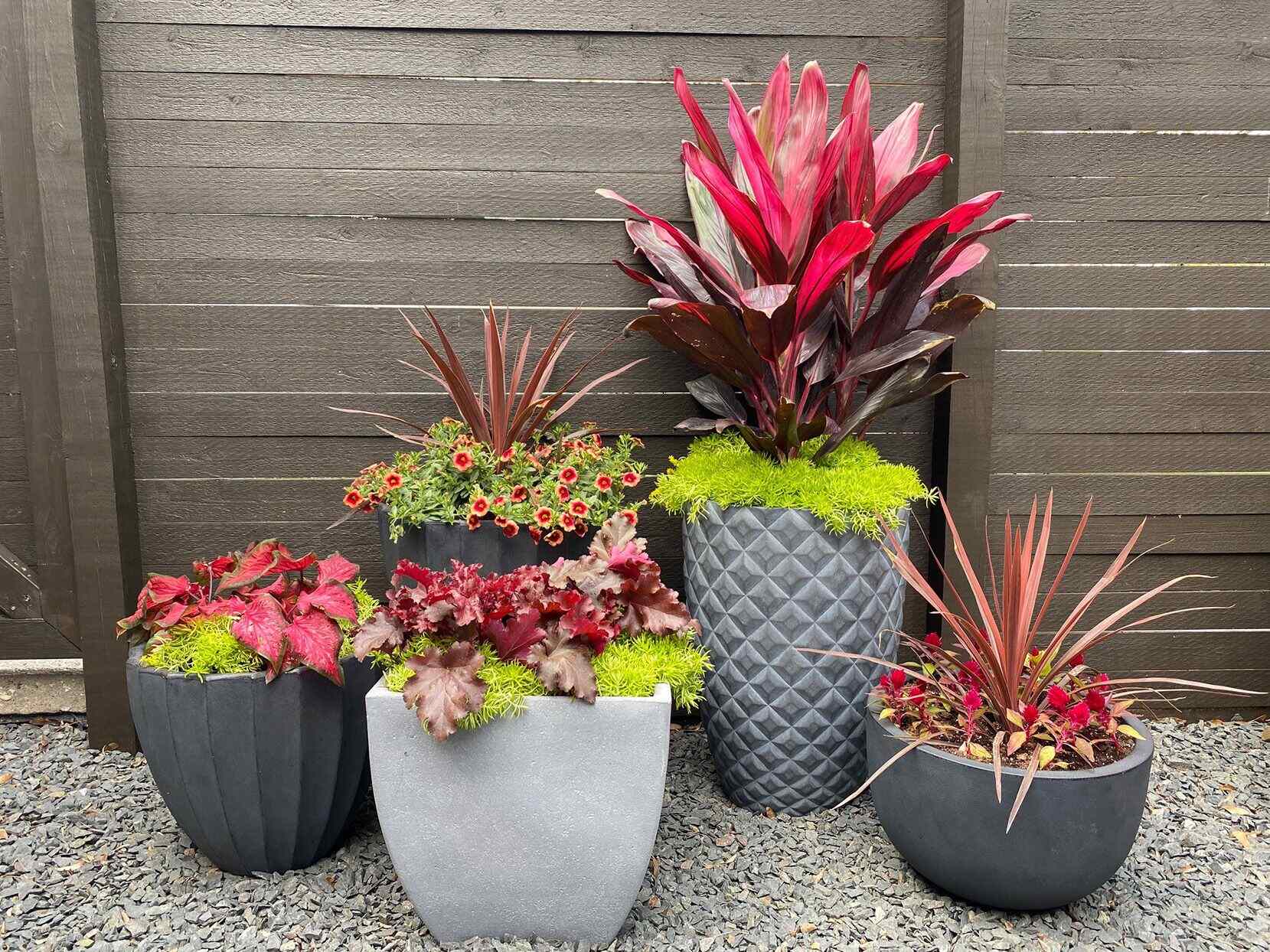
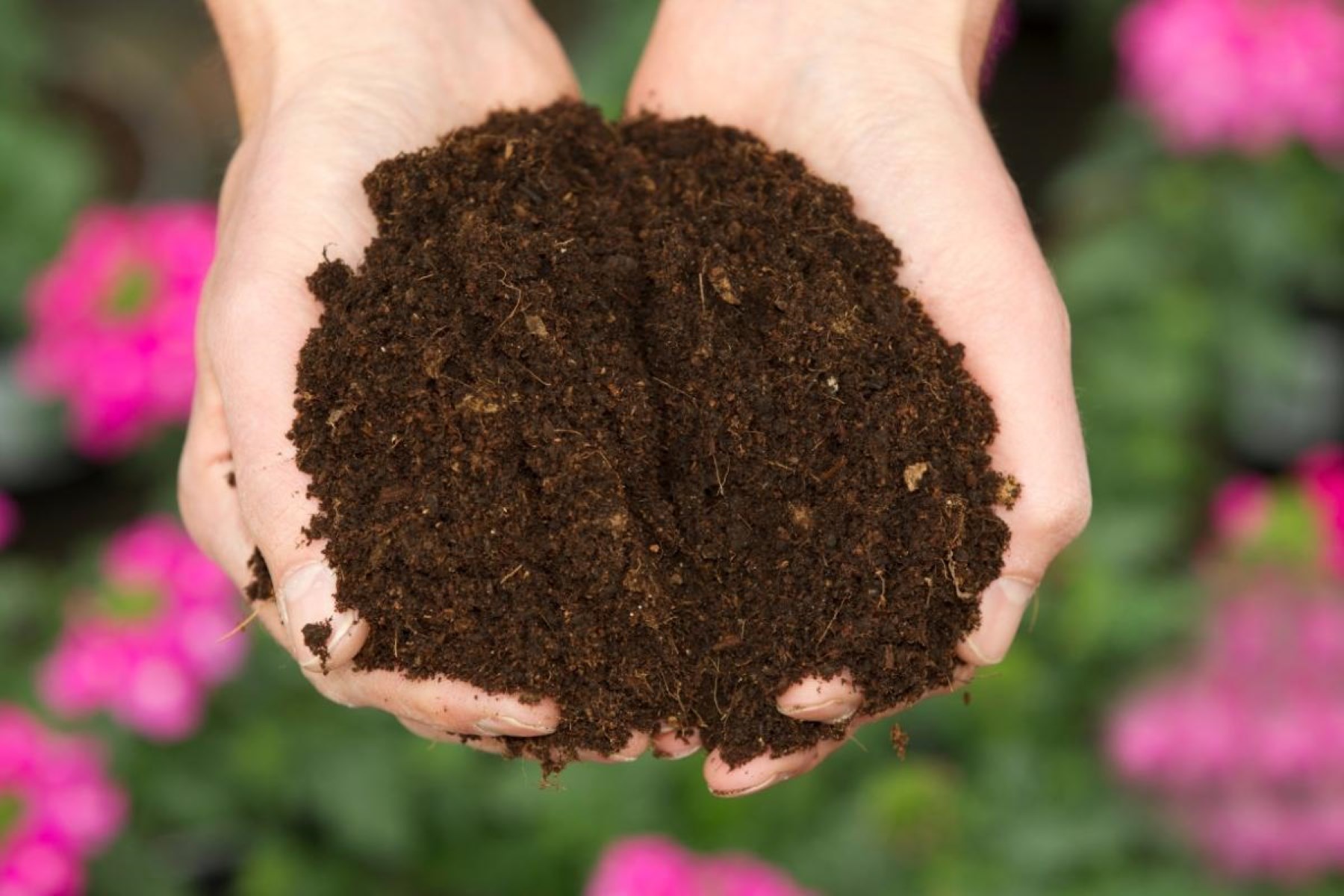
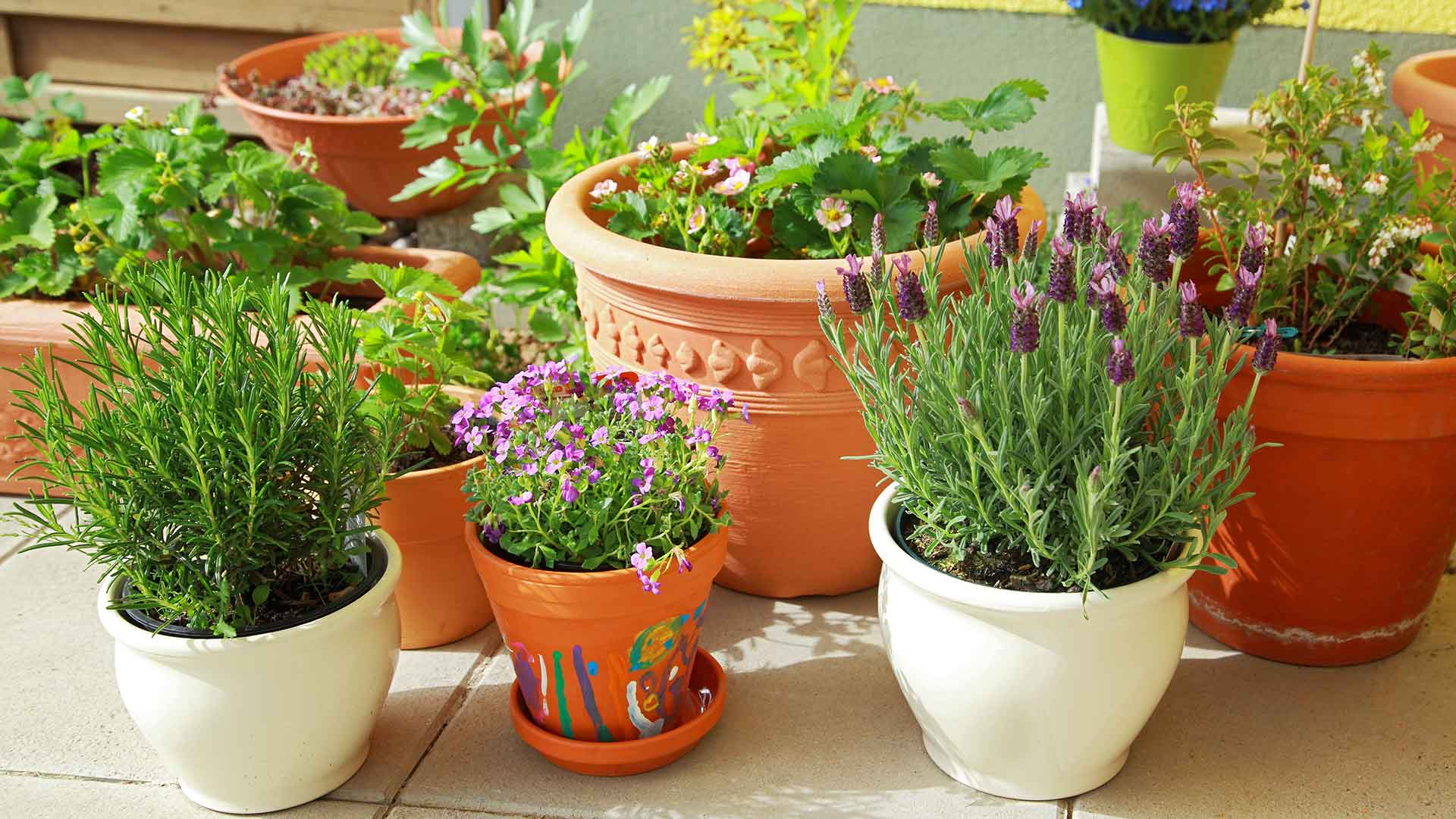
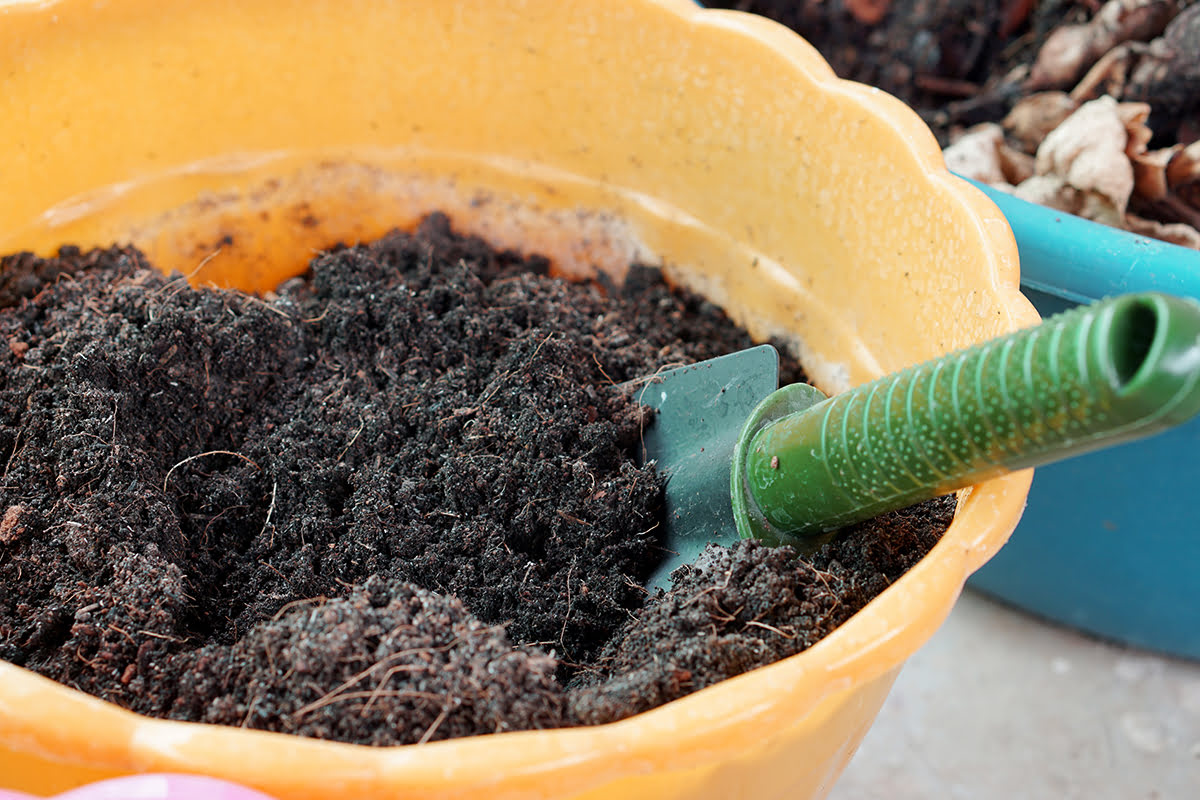
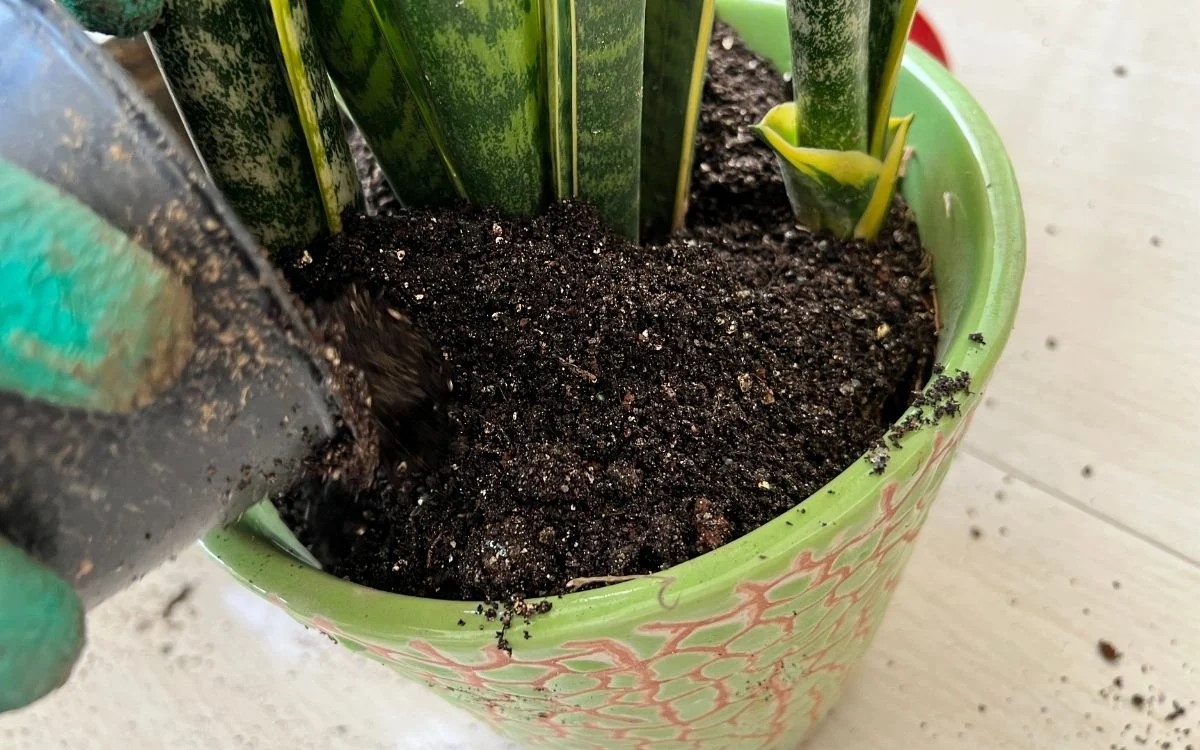
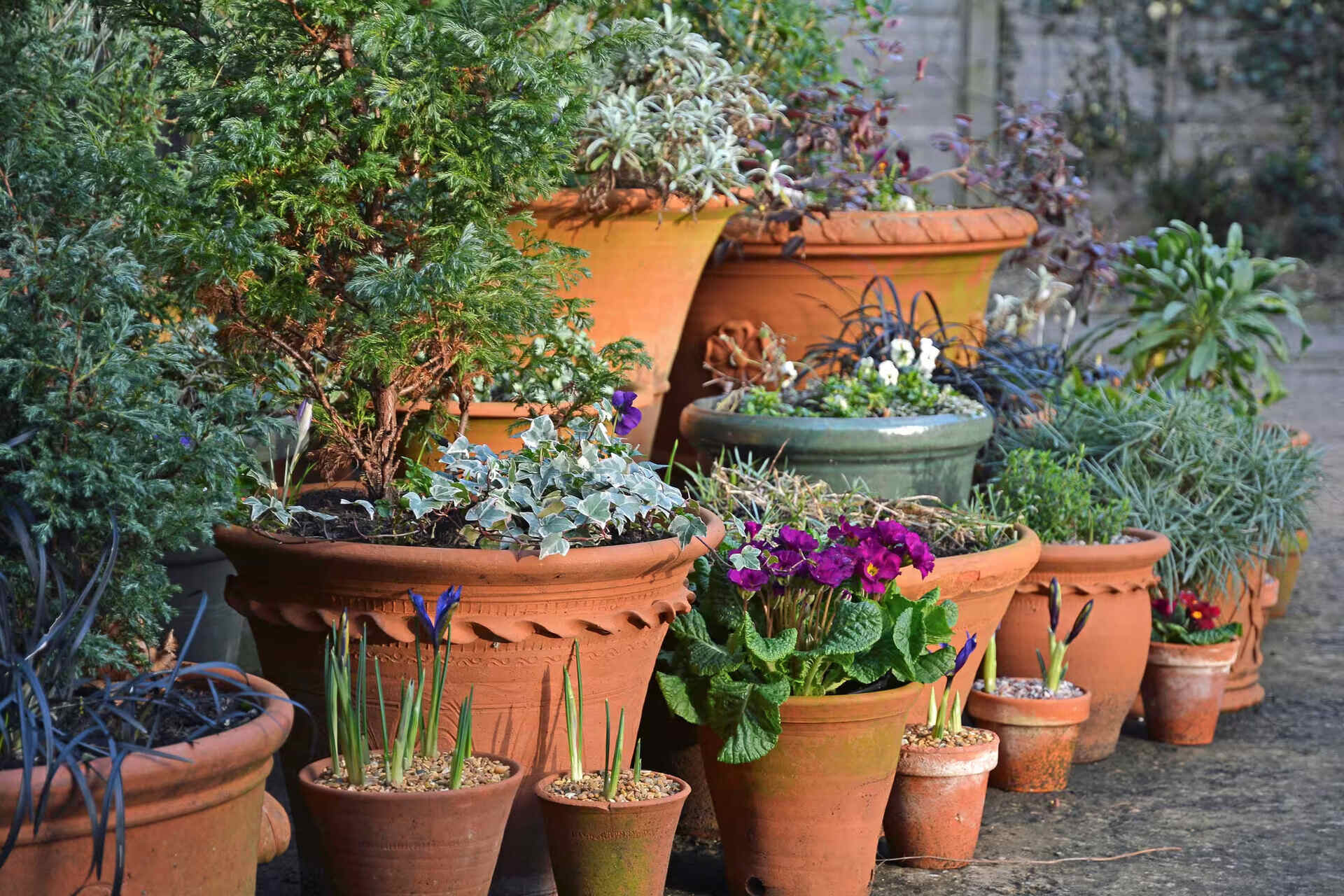
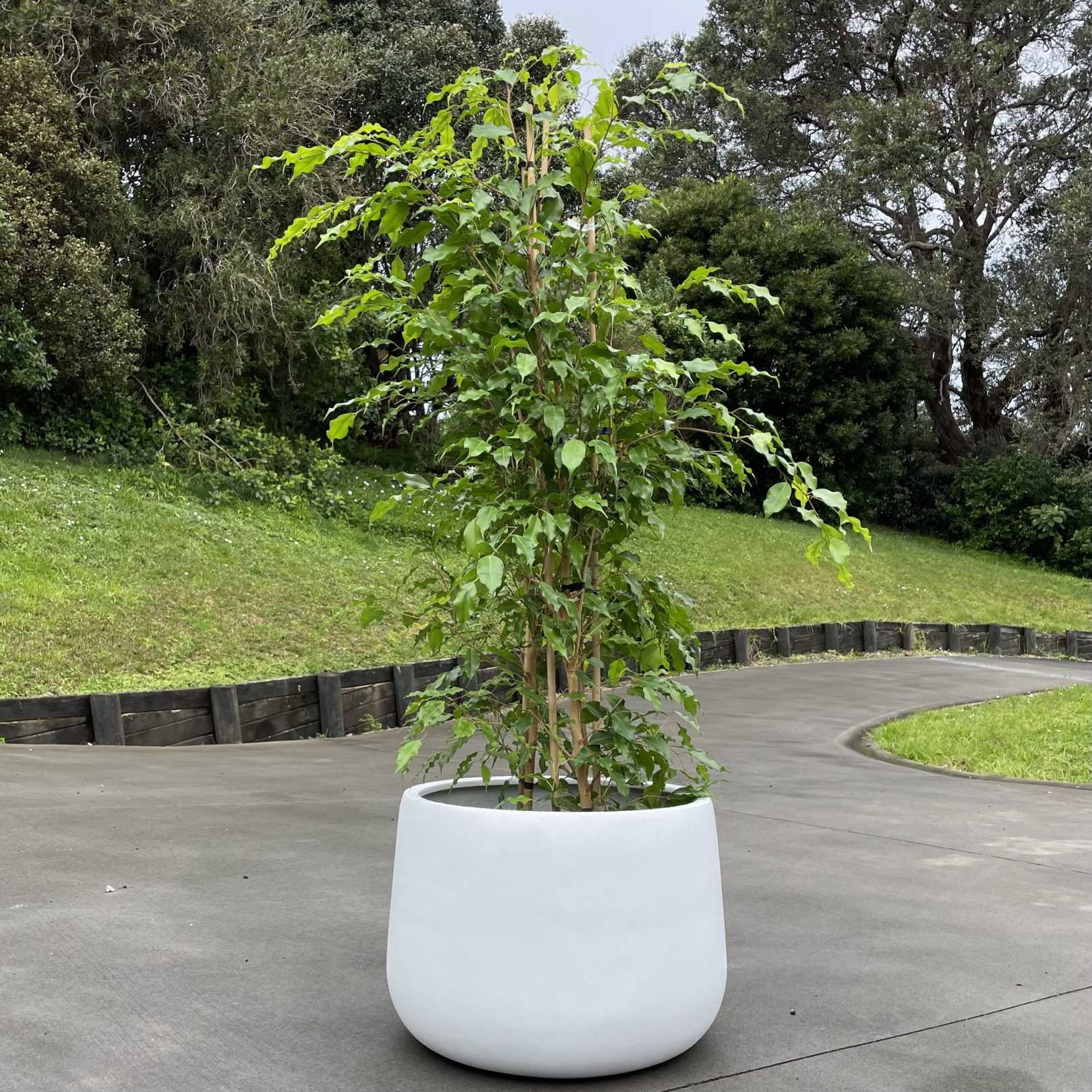
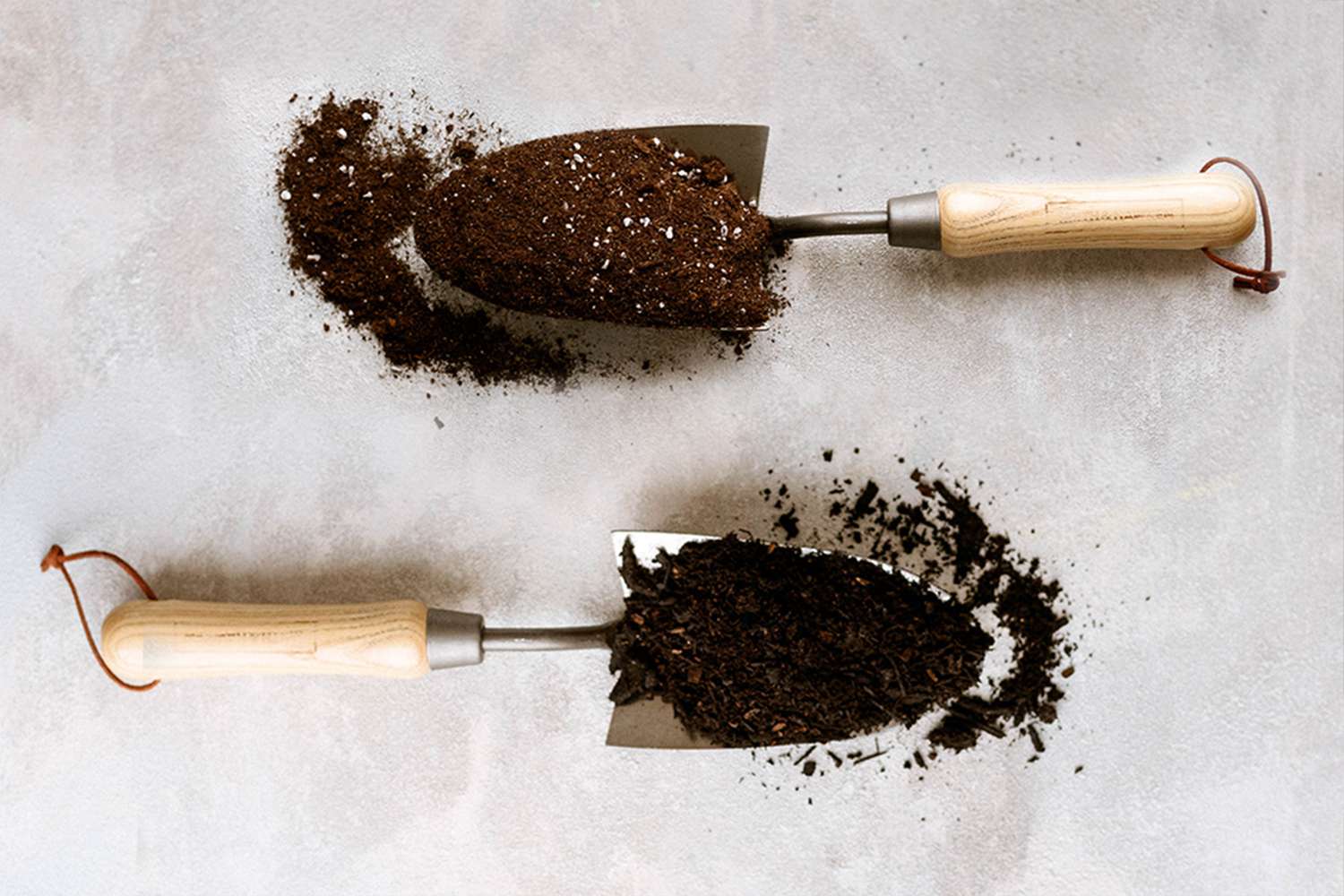
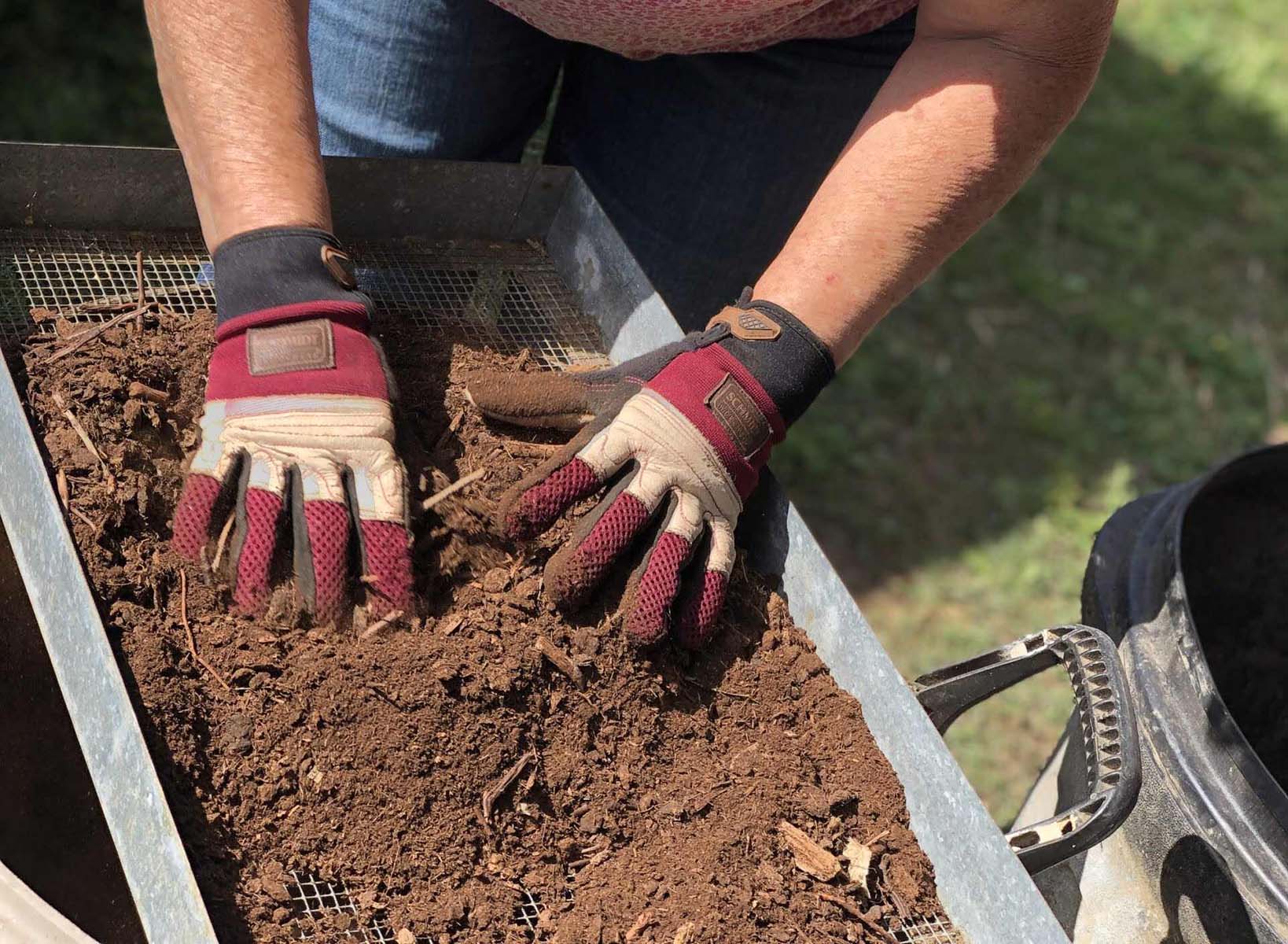
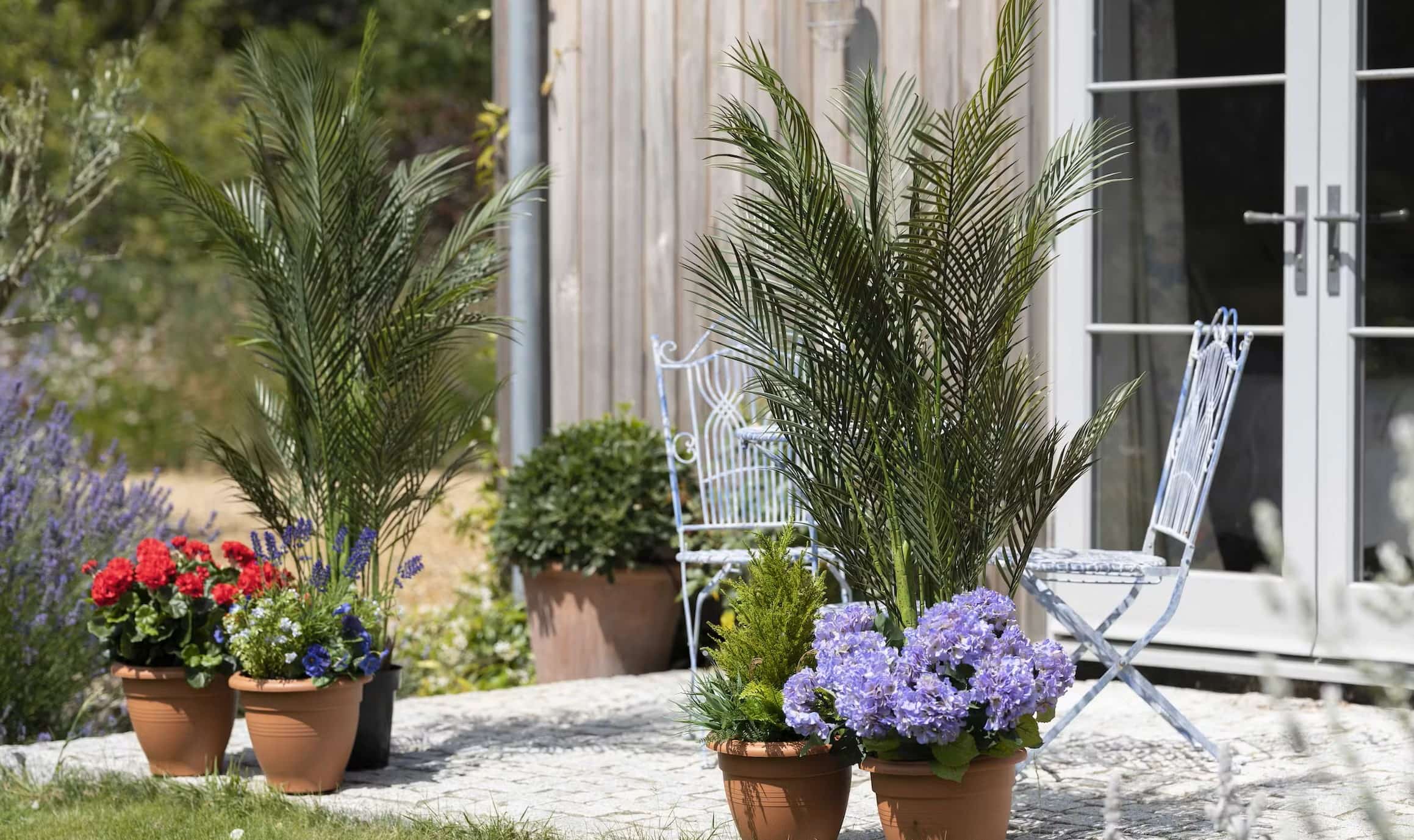
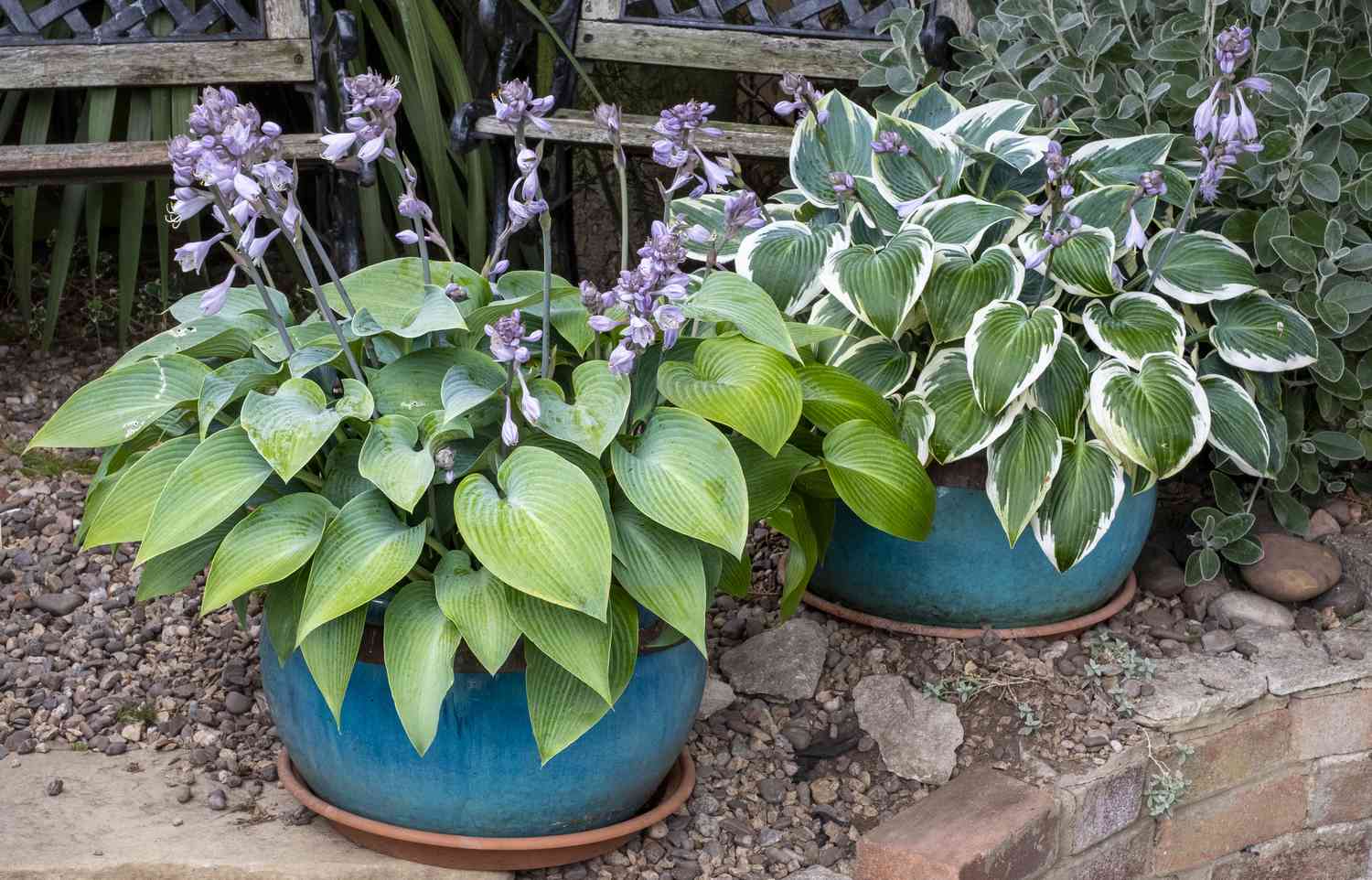
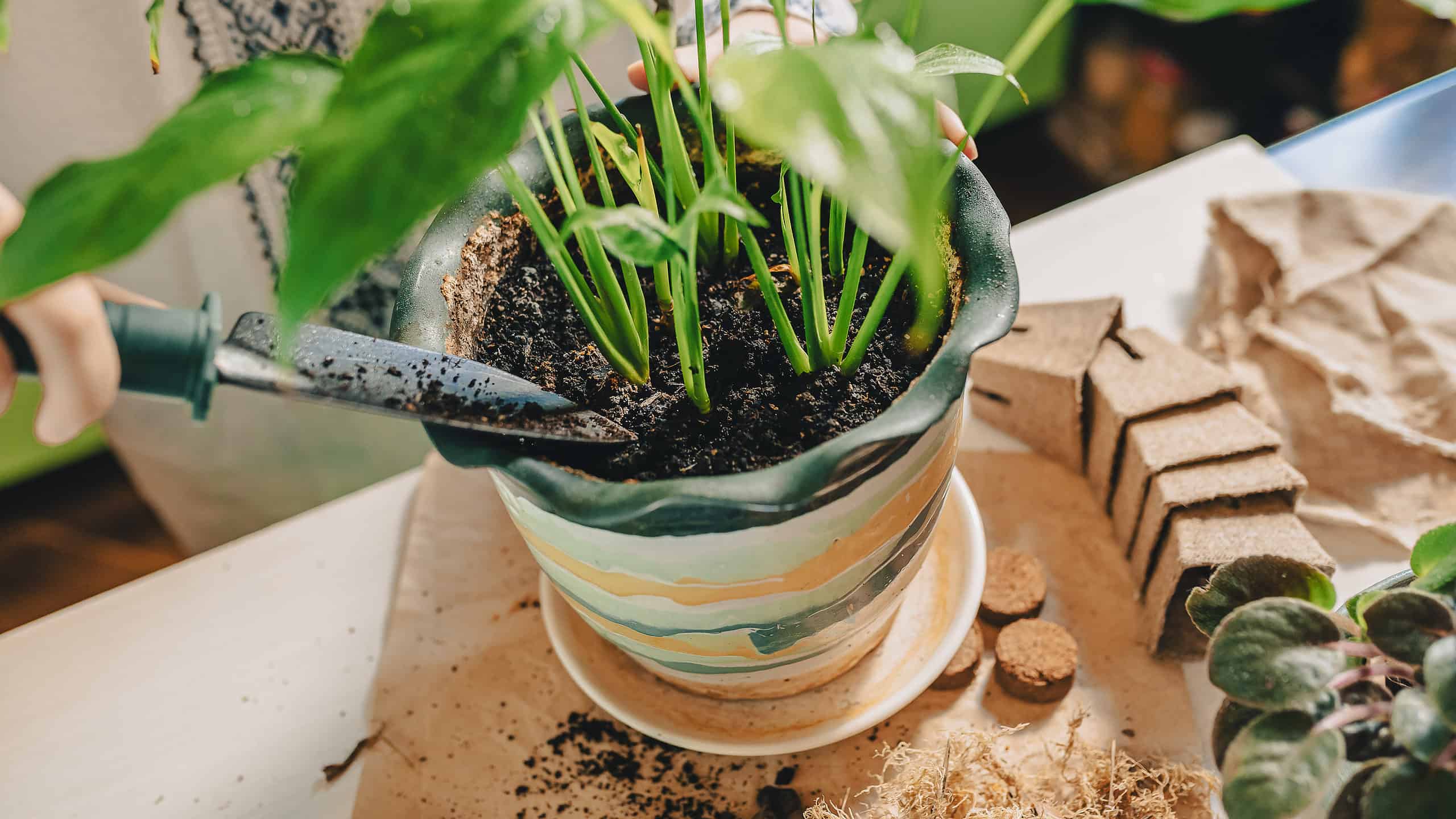
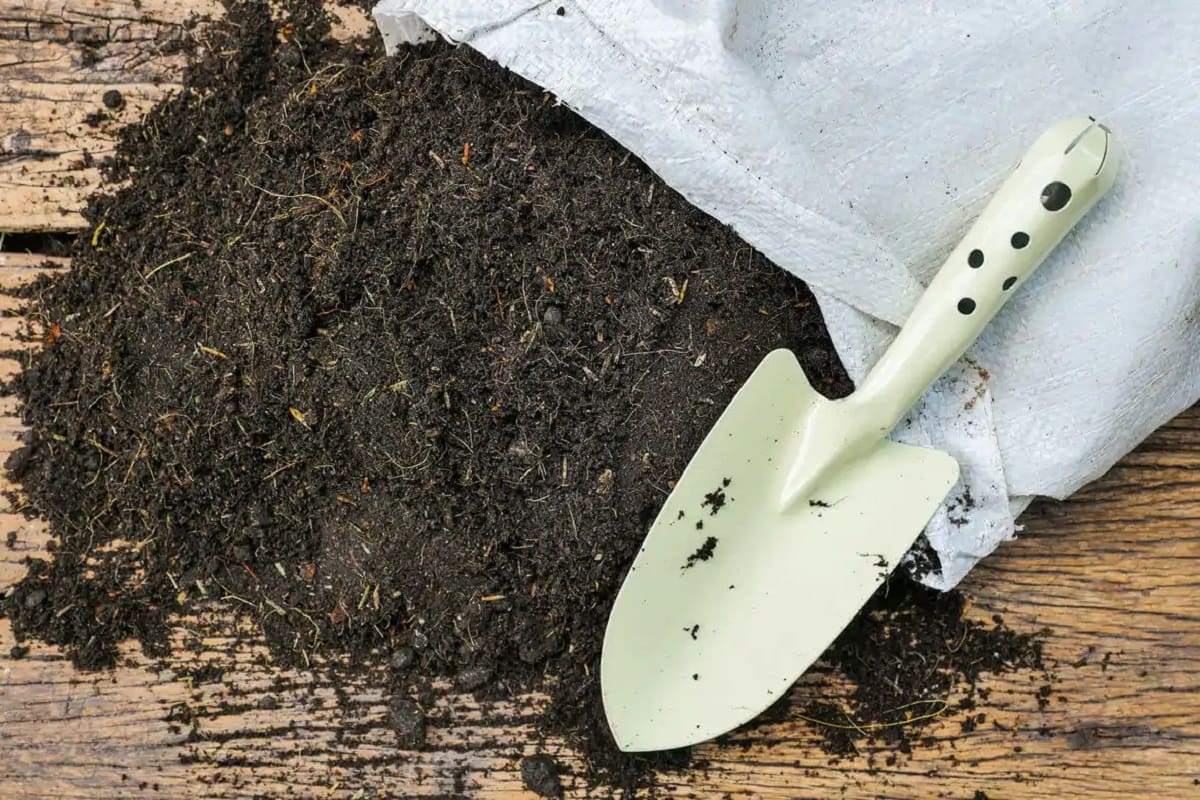
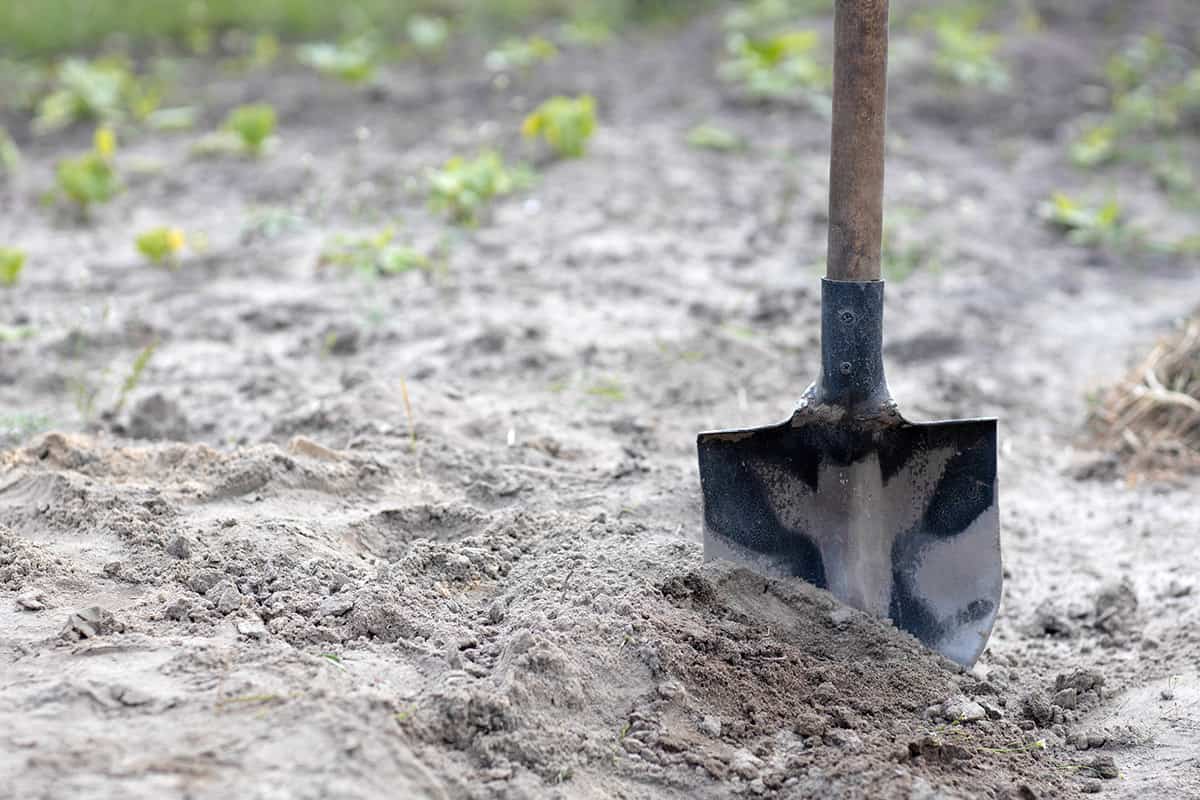

0 thoughts on “What Soil To Use For Outdoor Potted Plants”